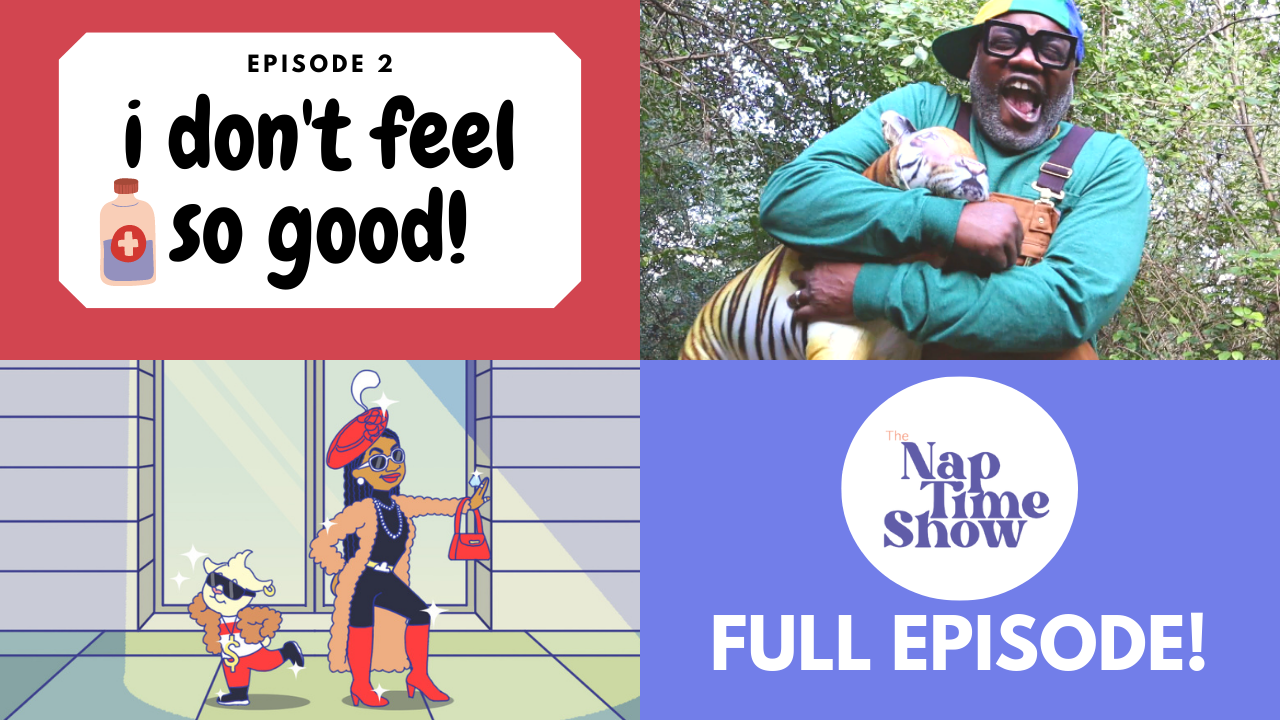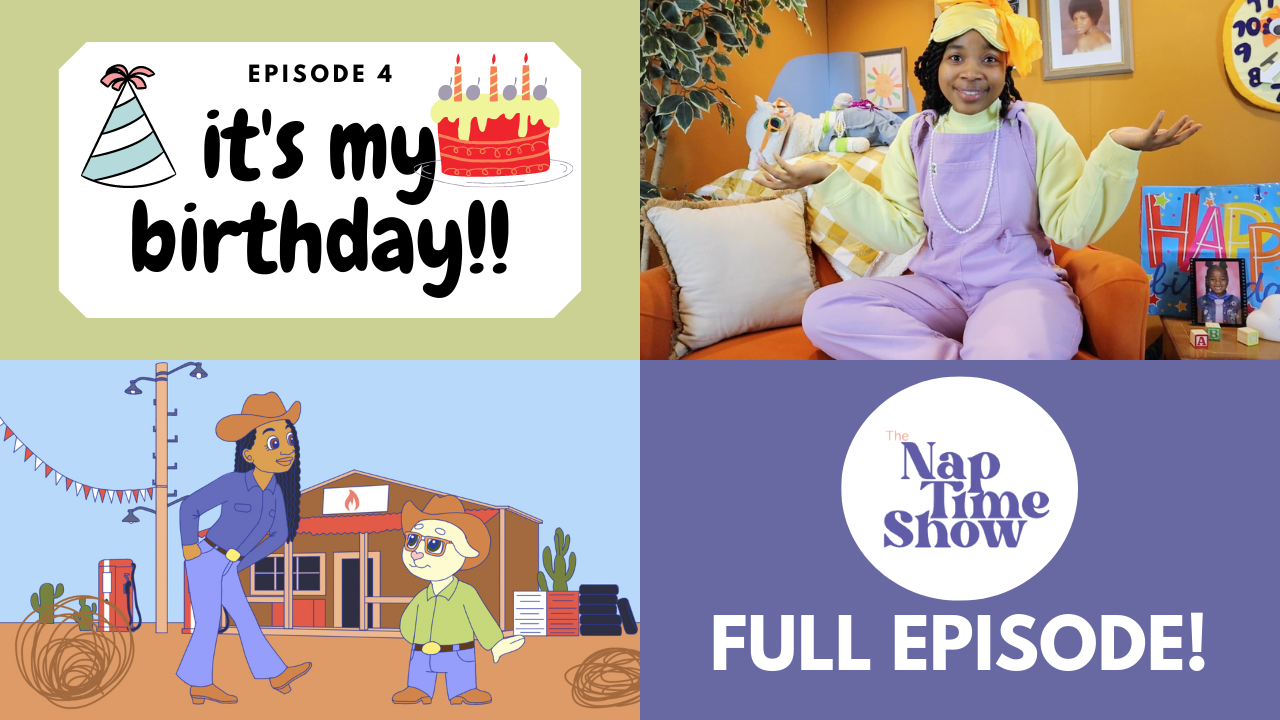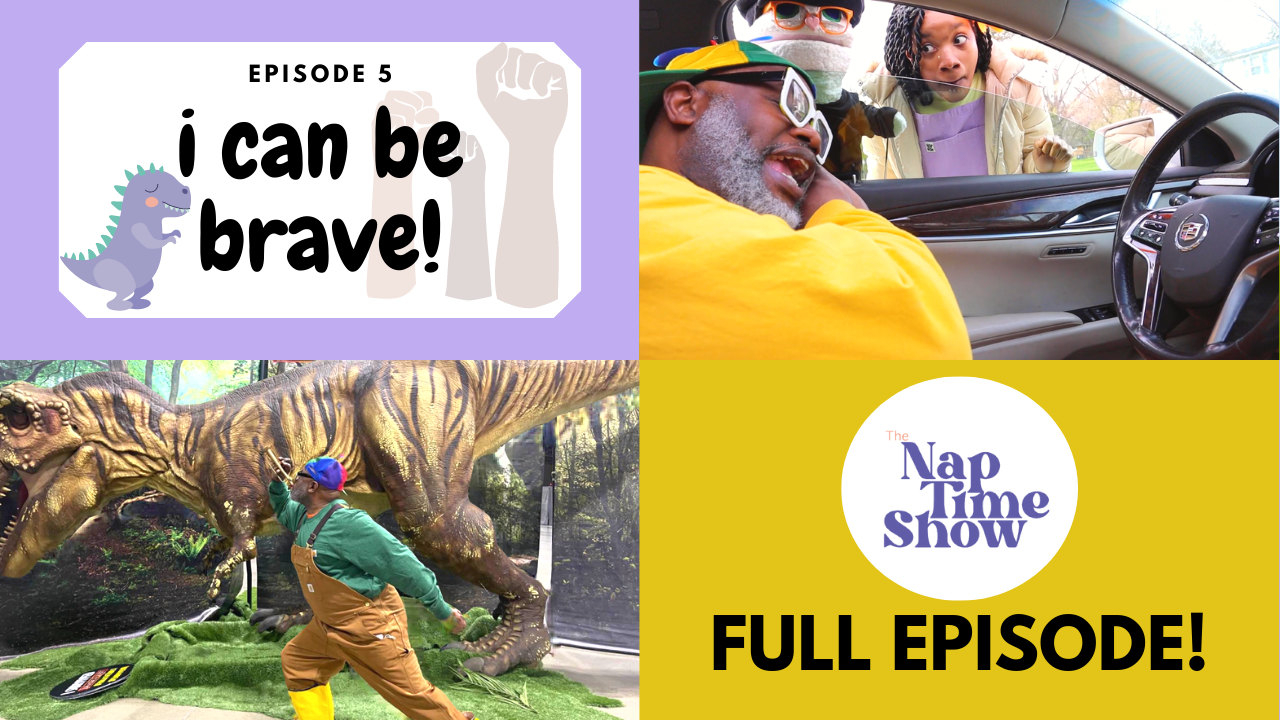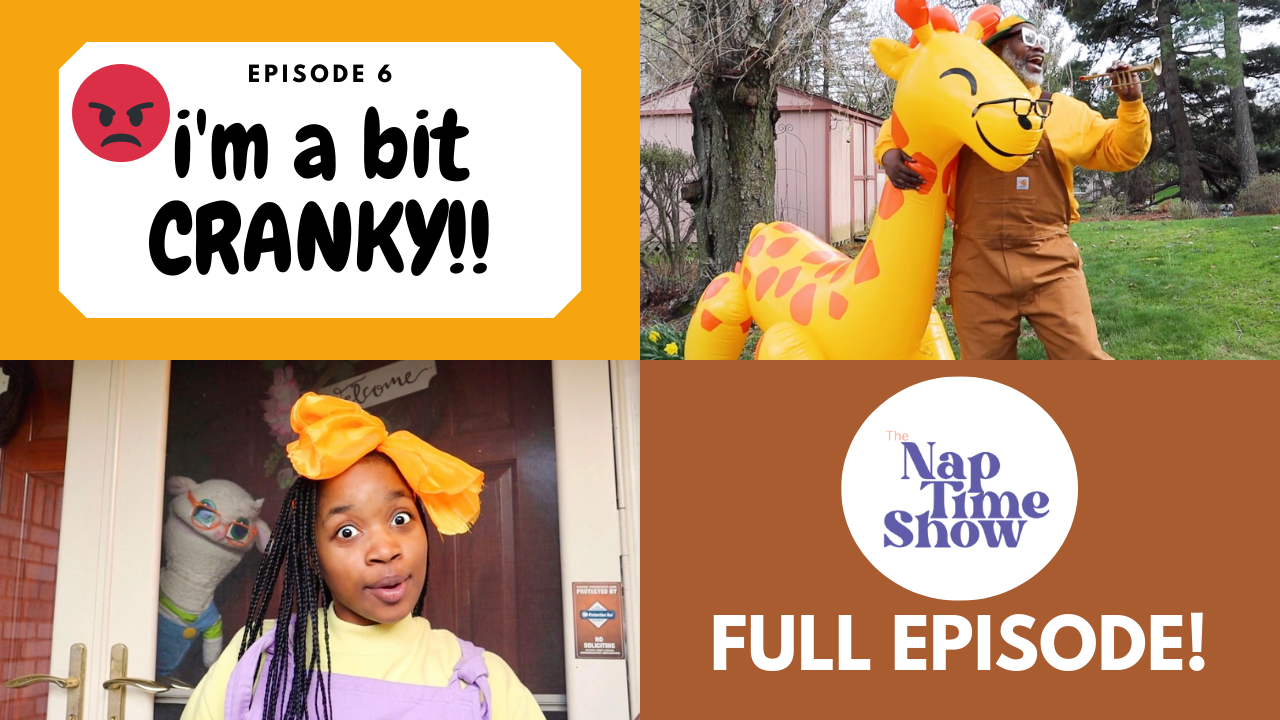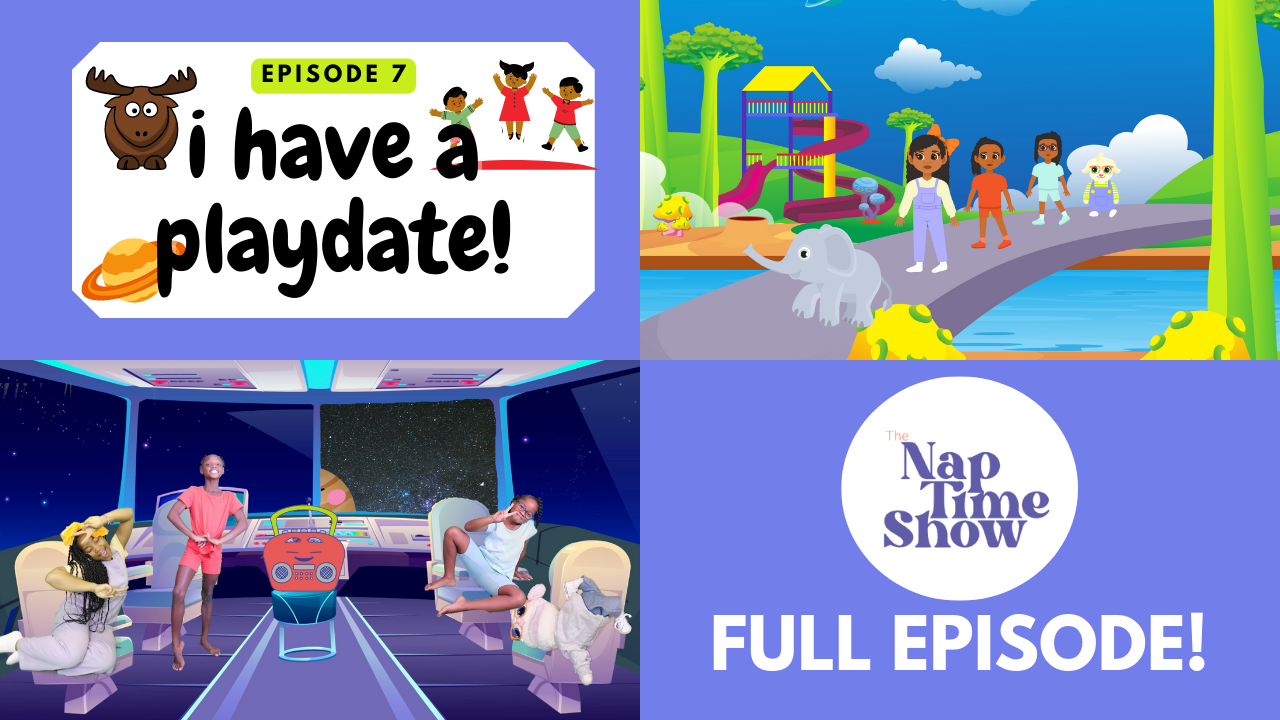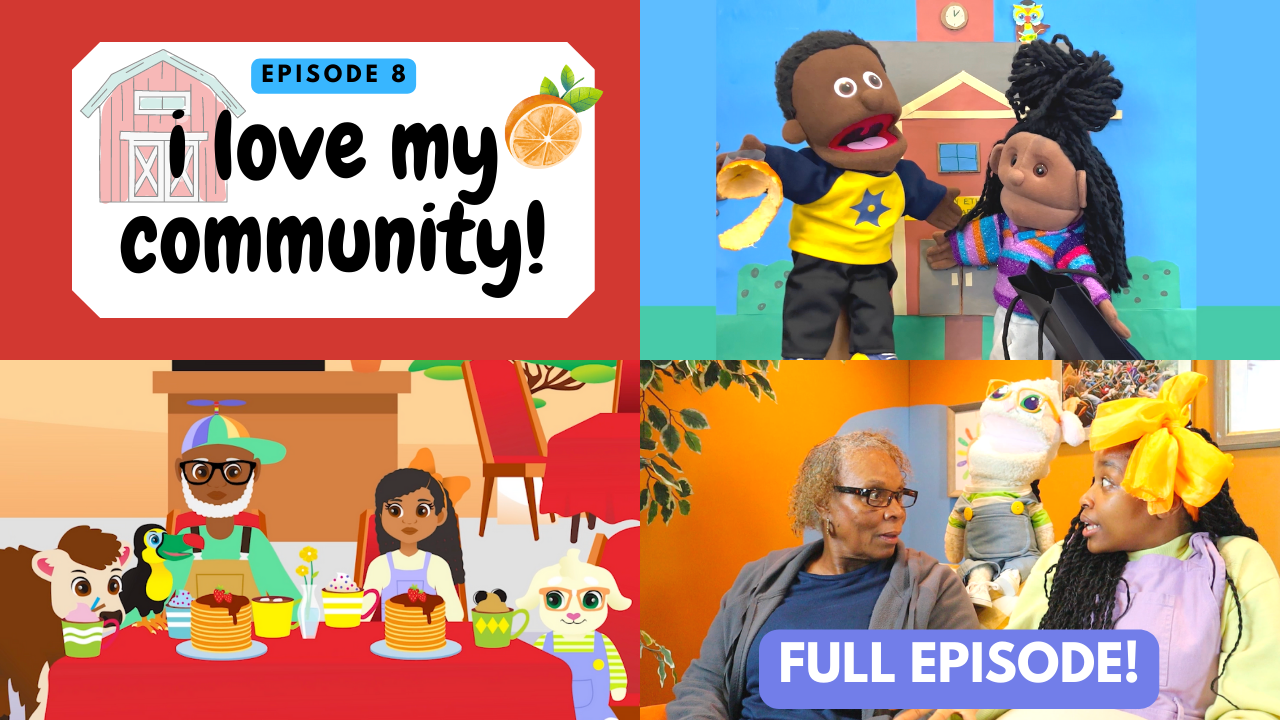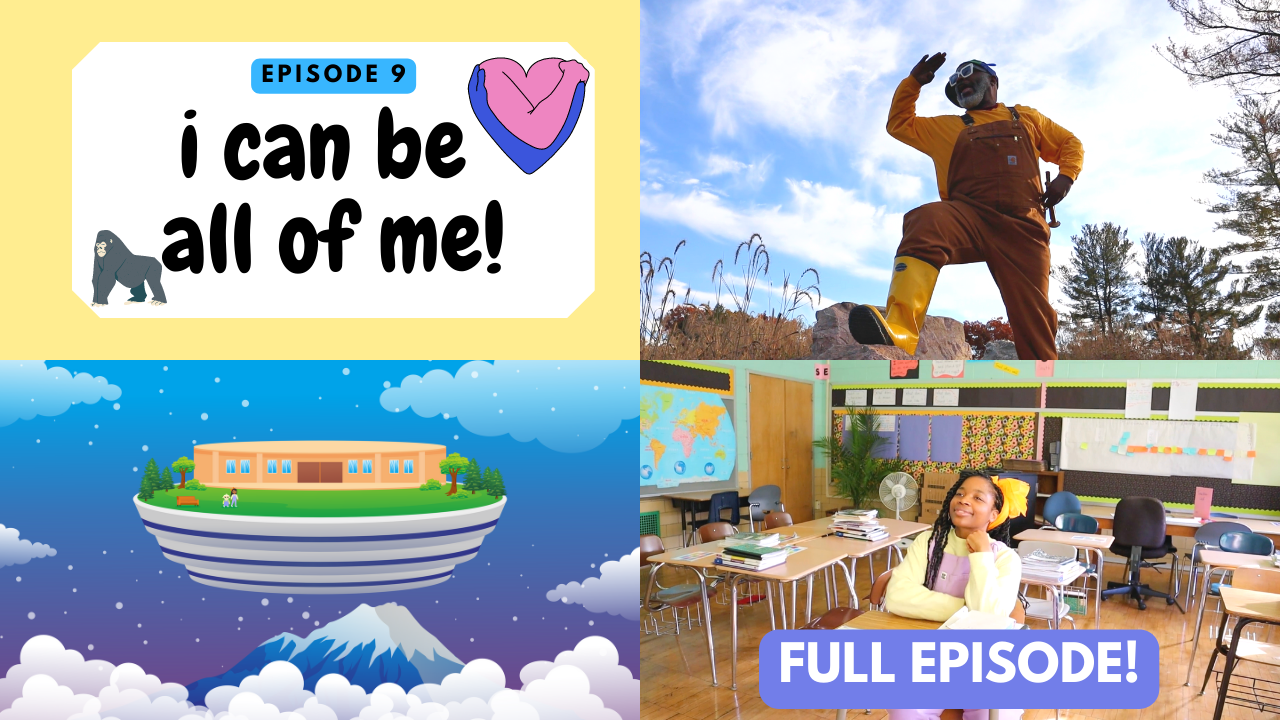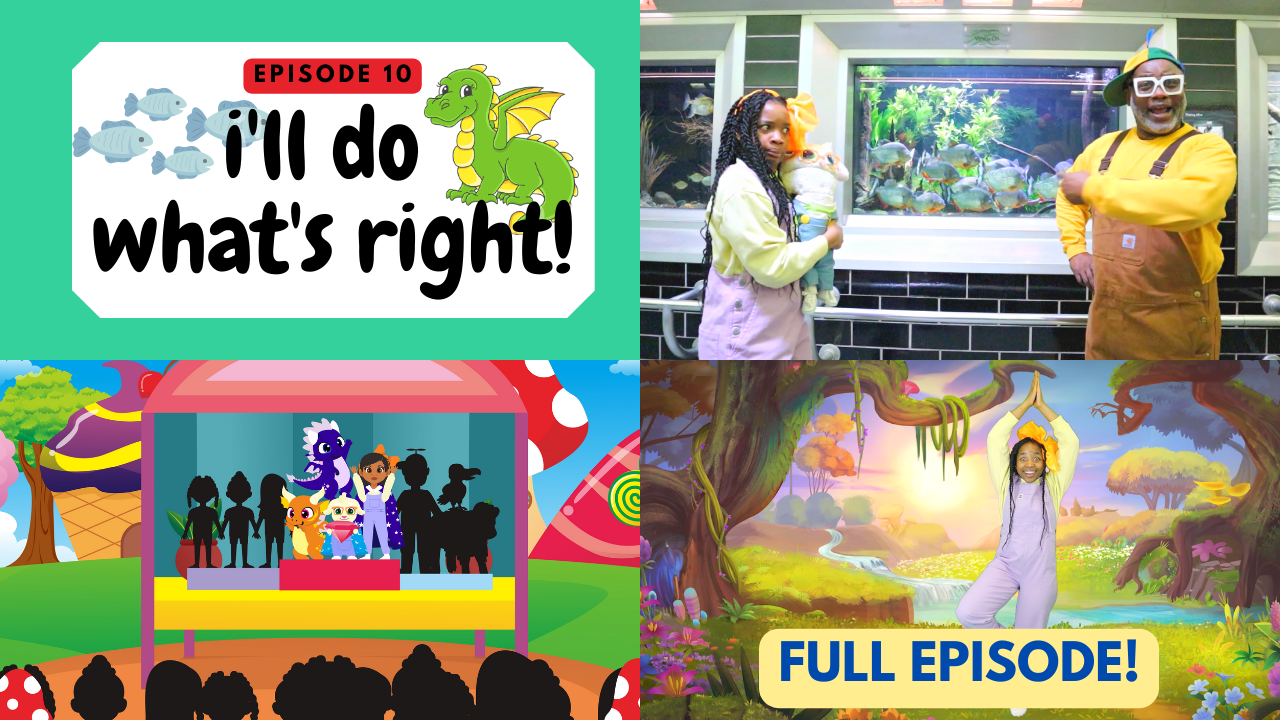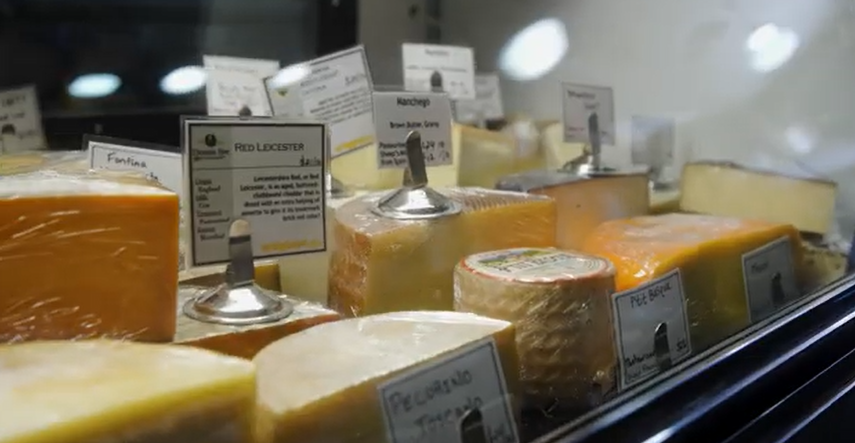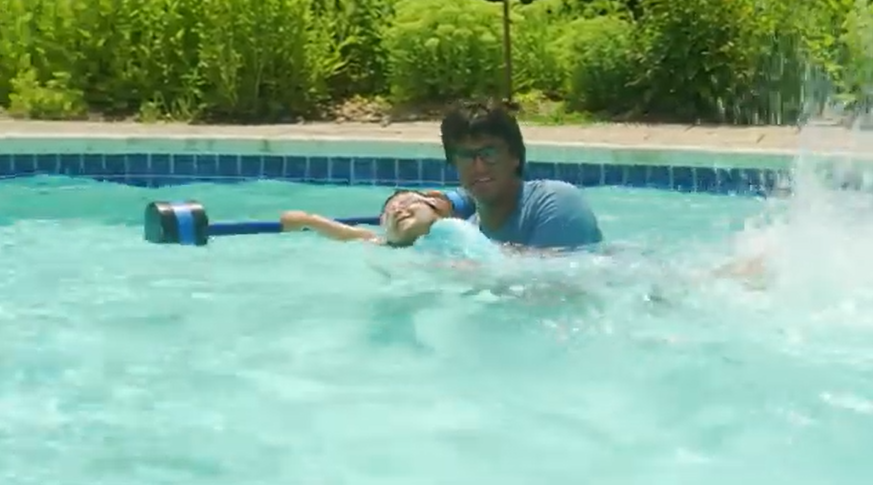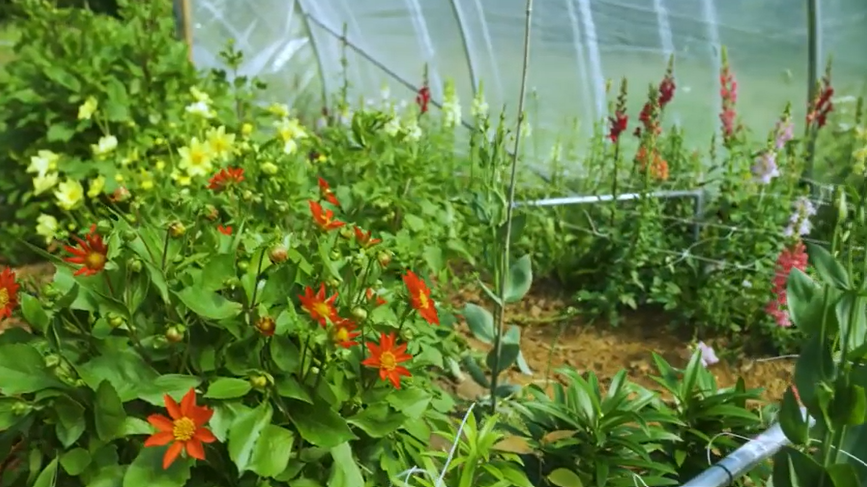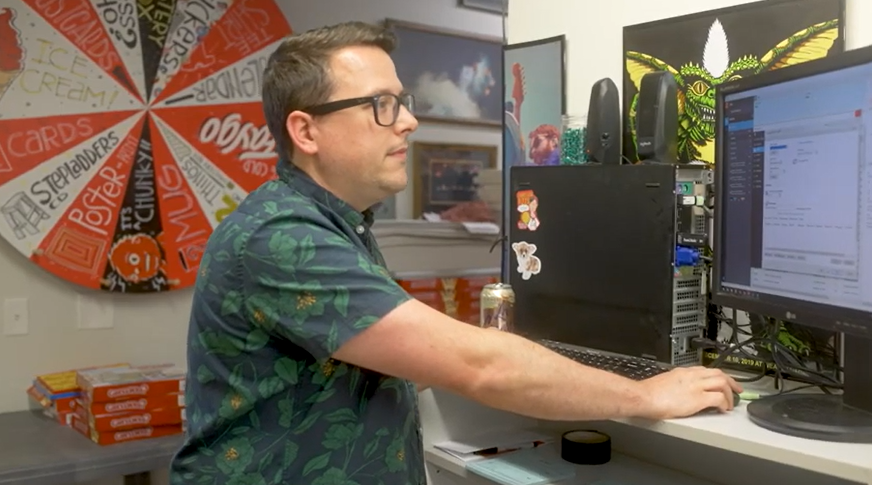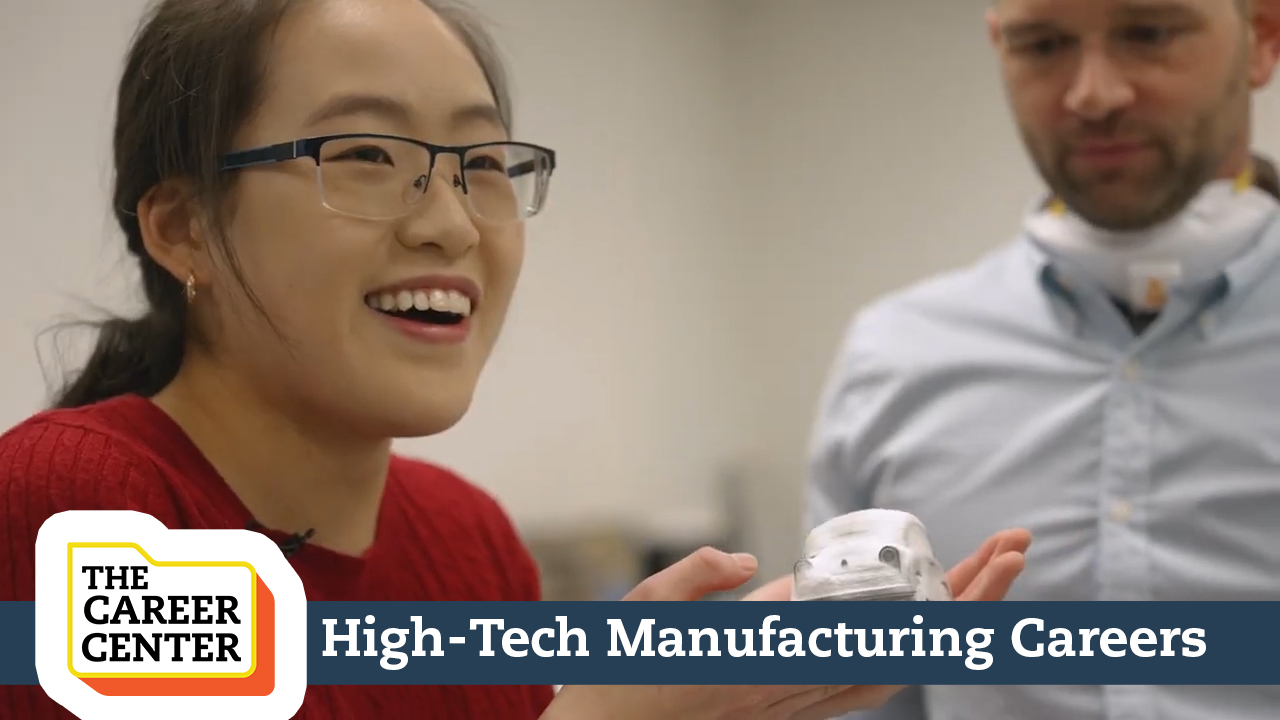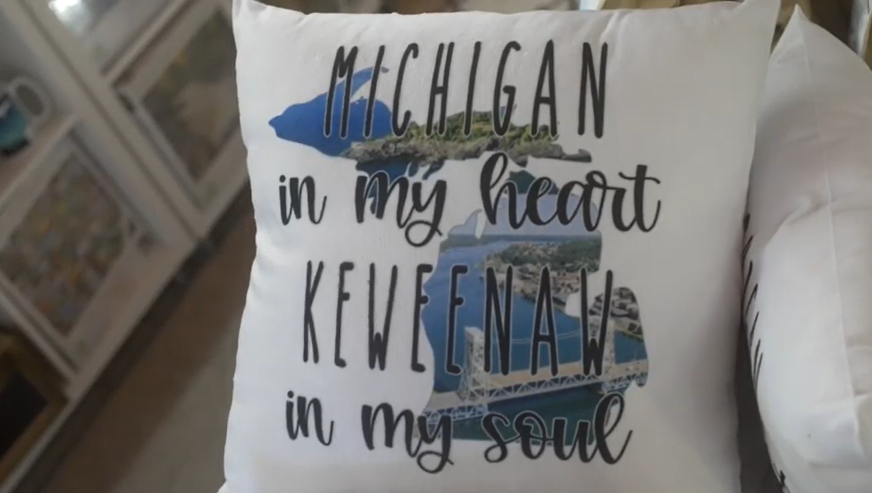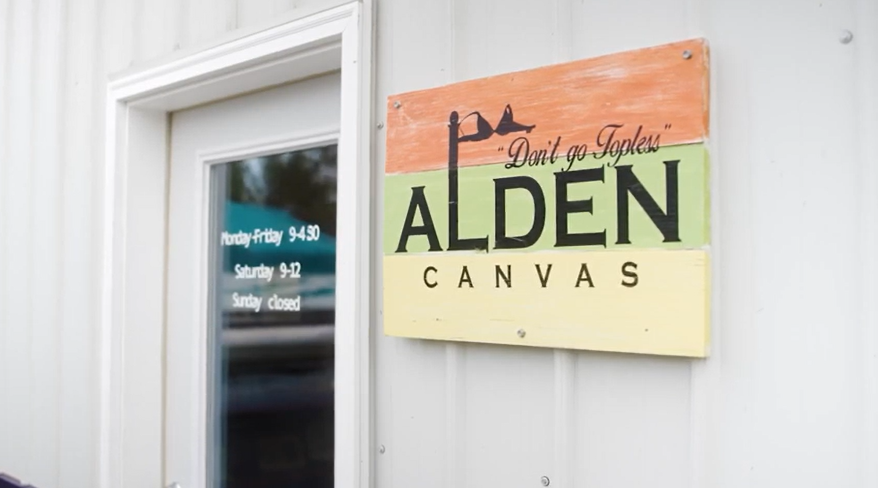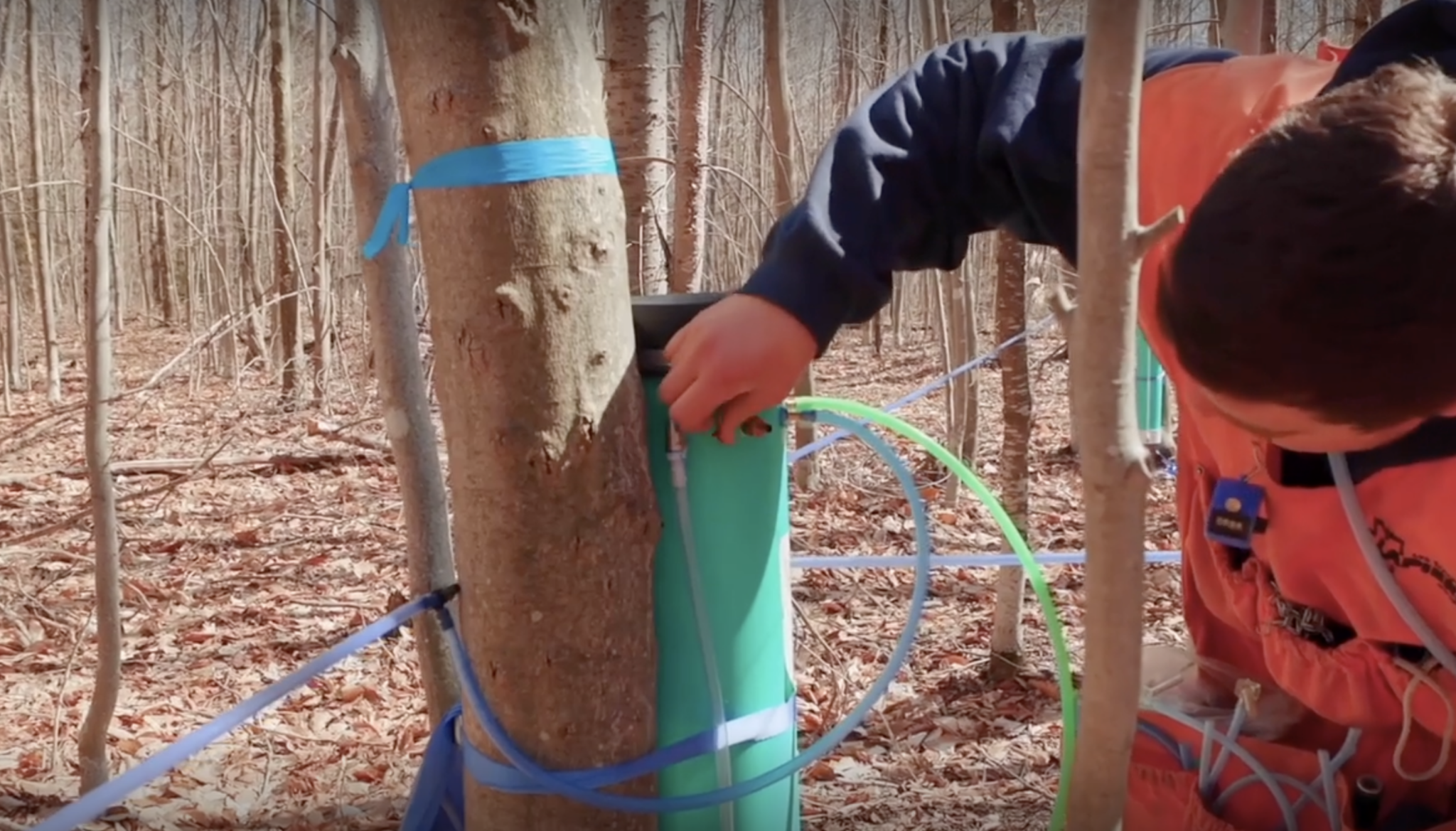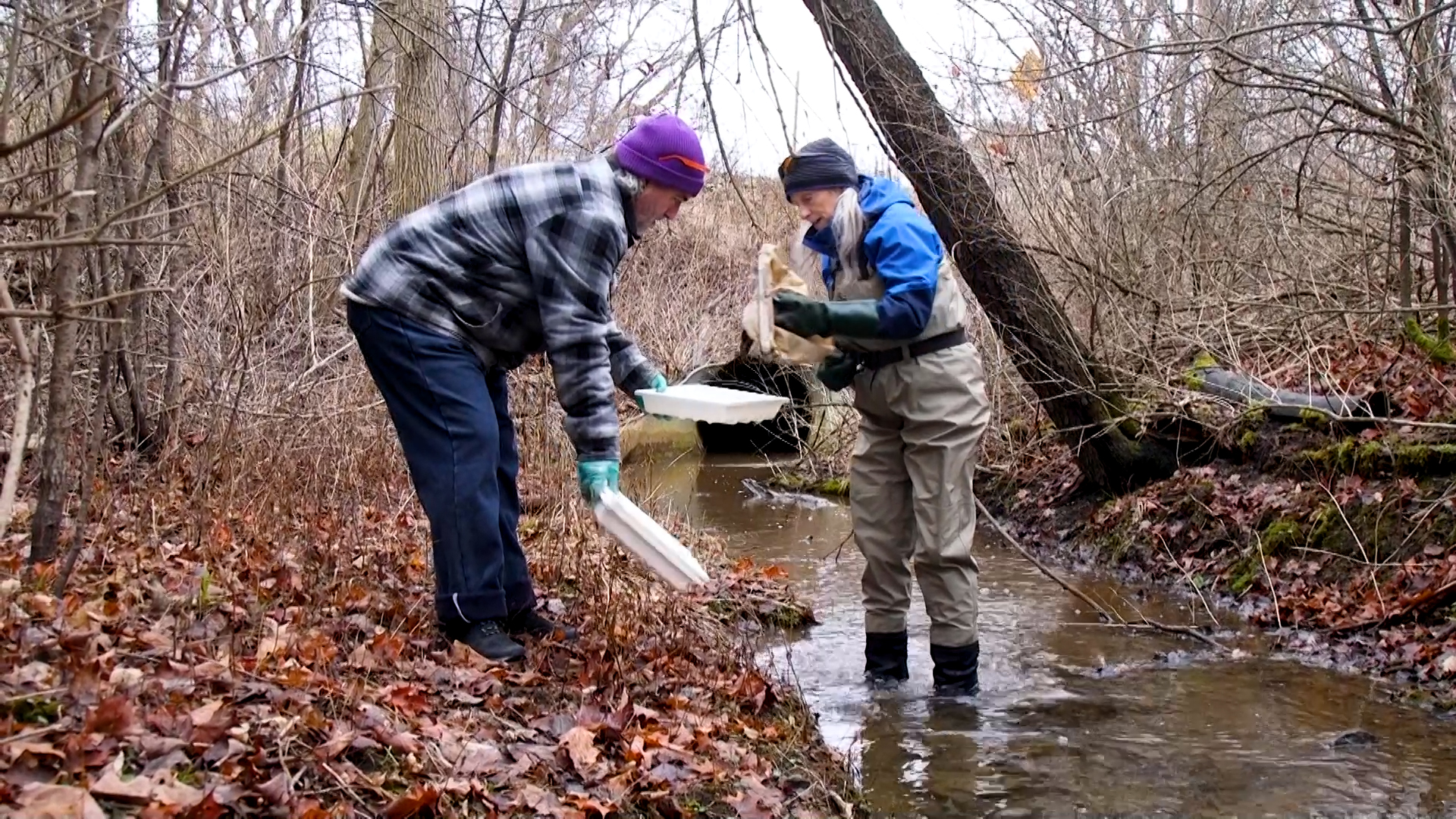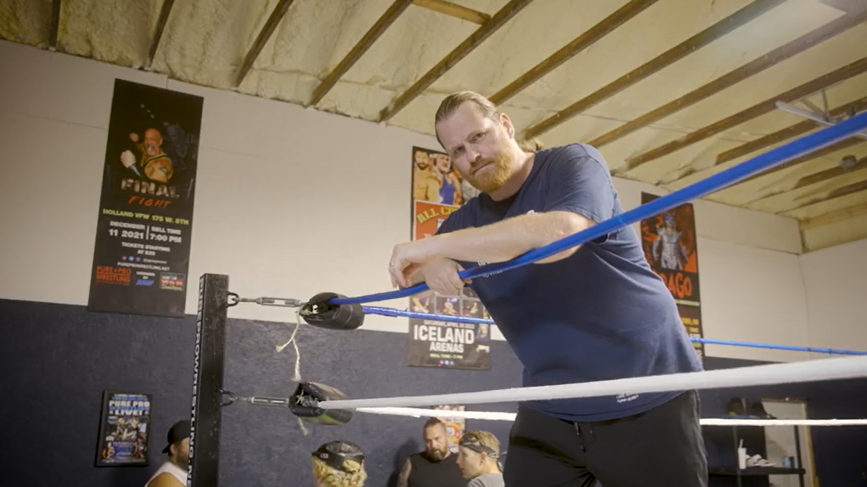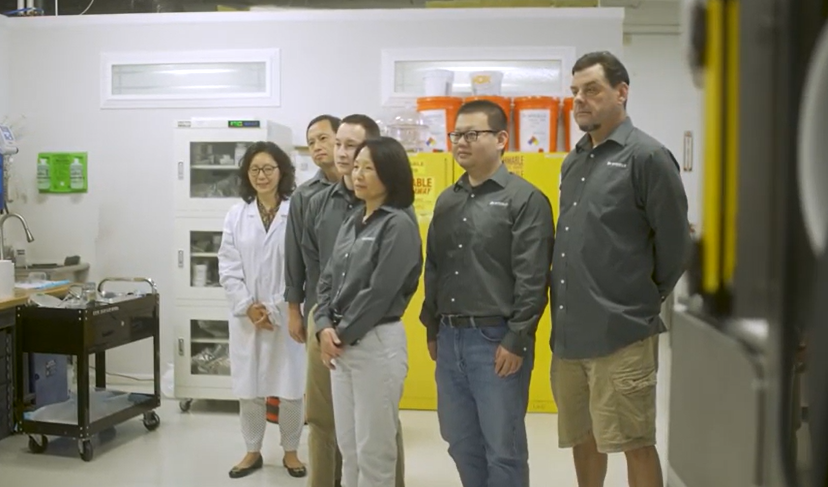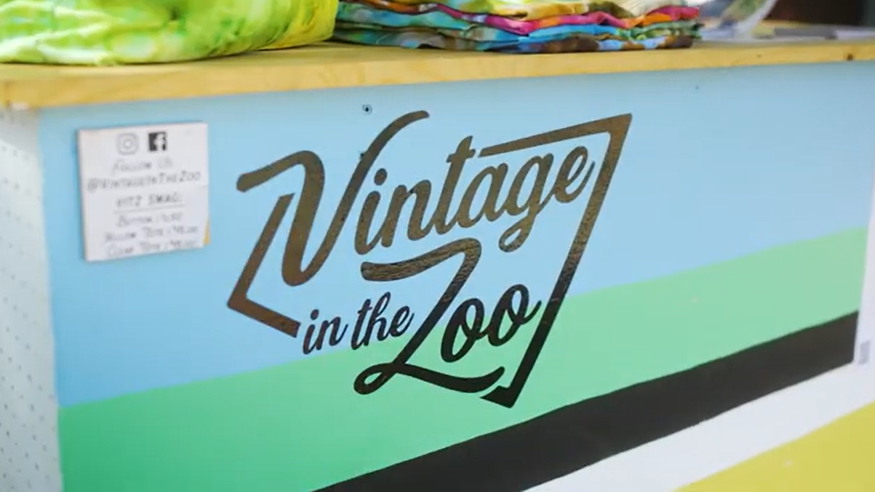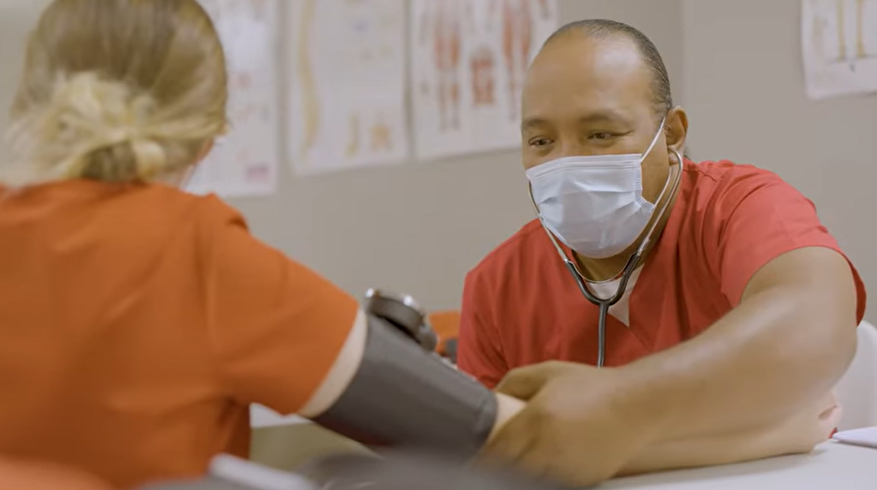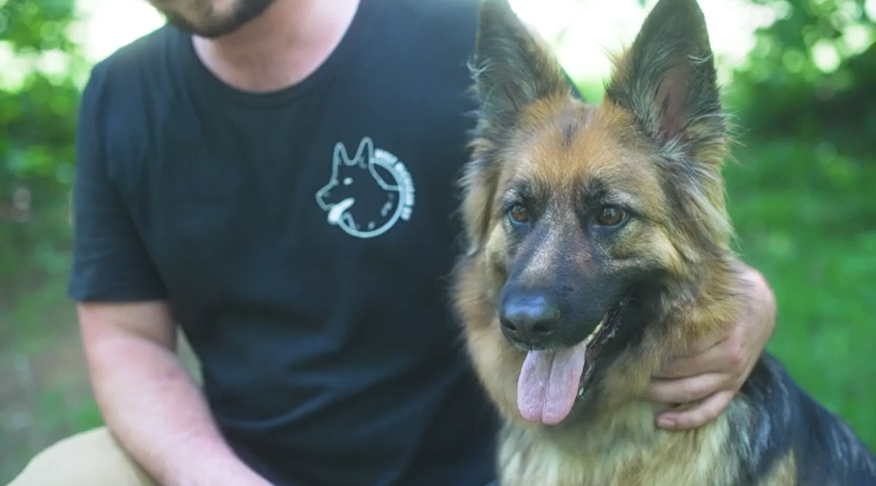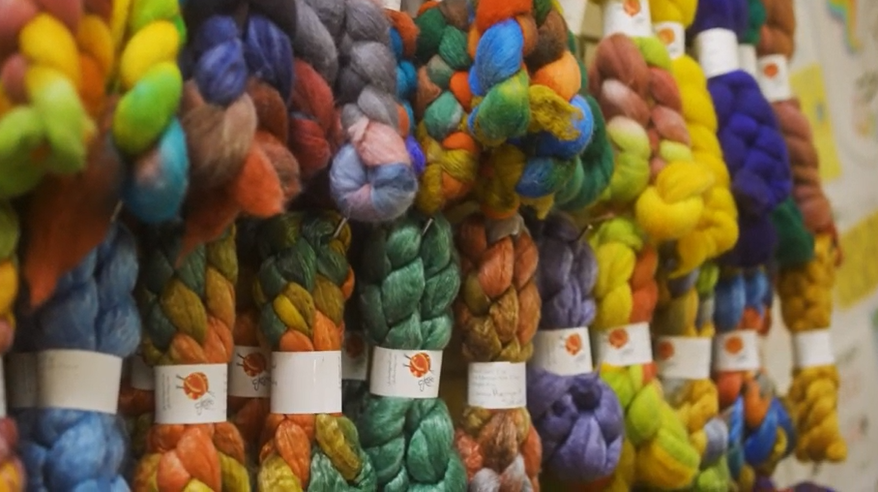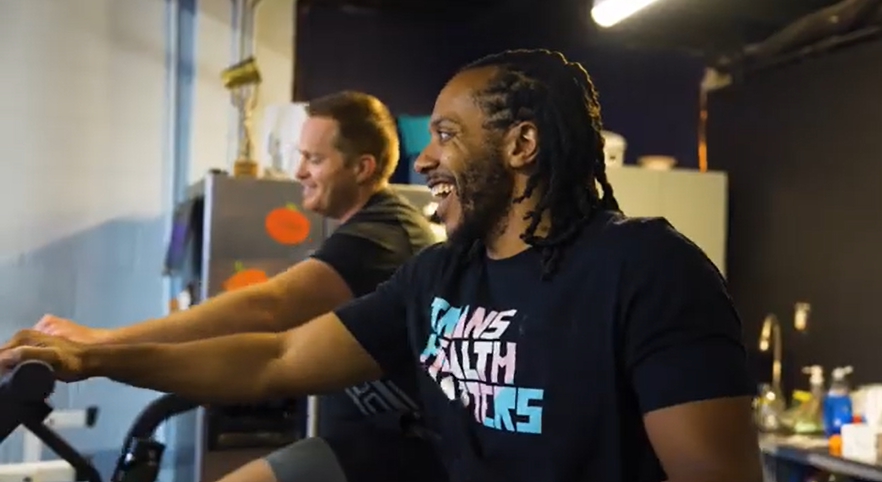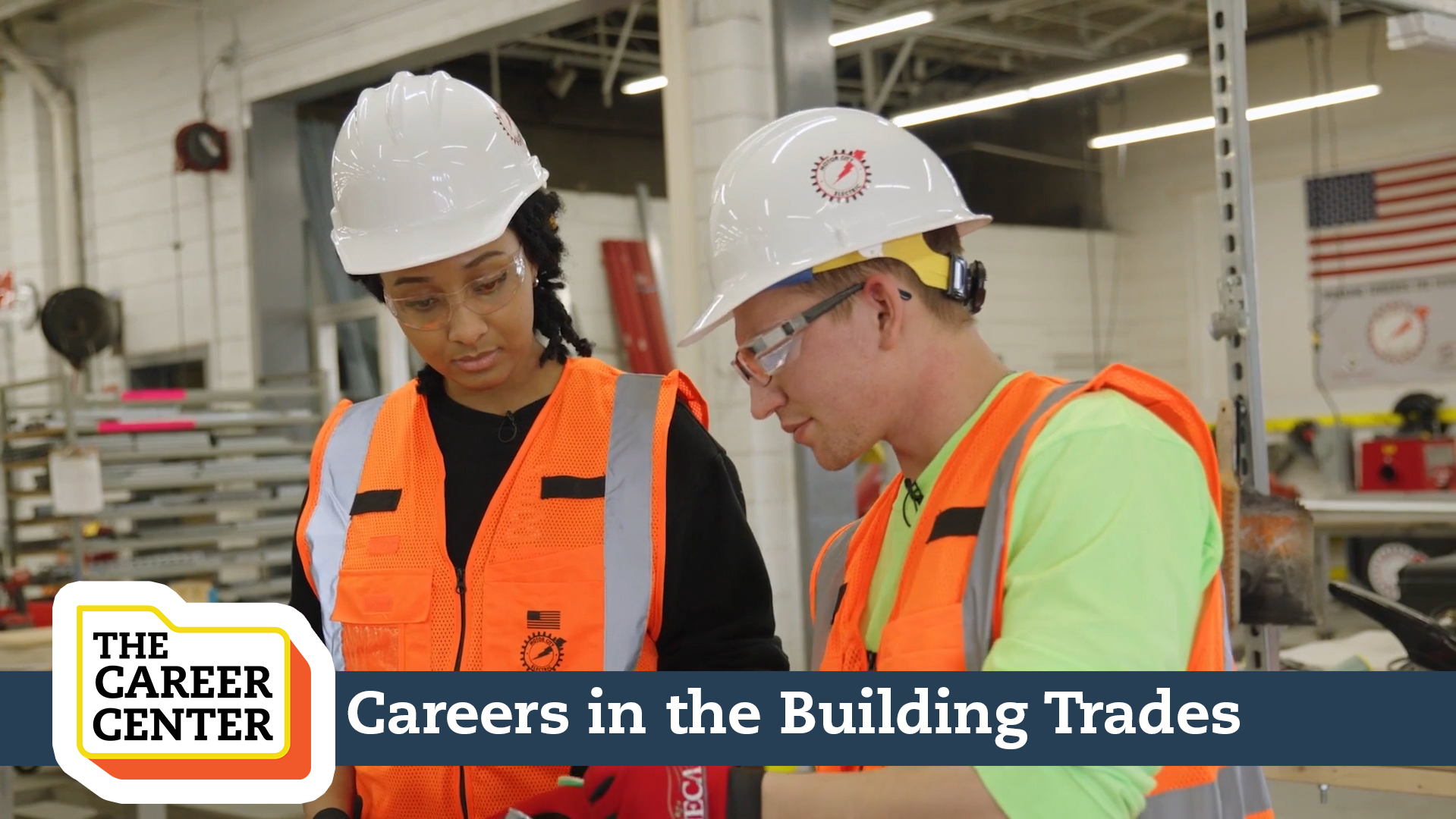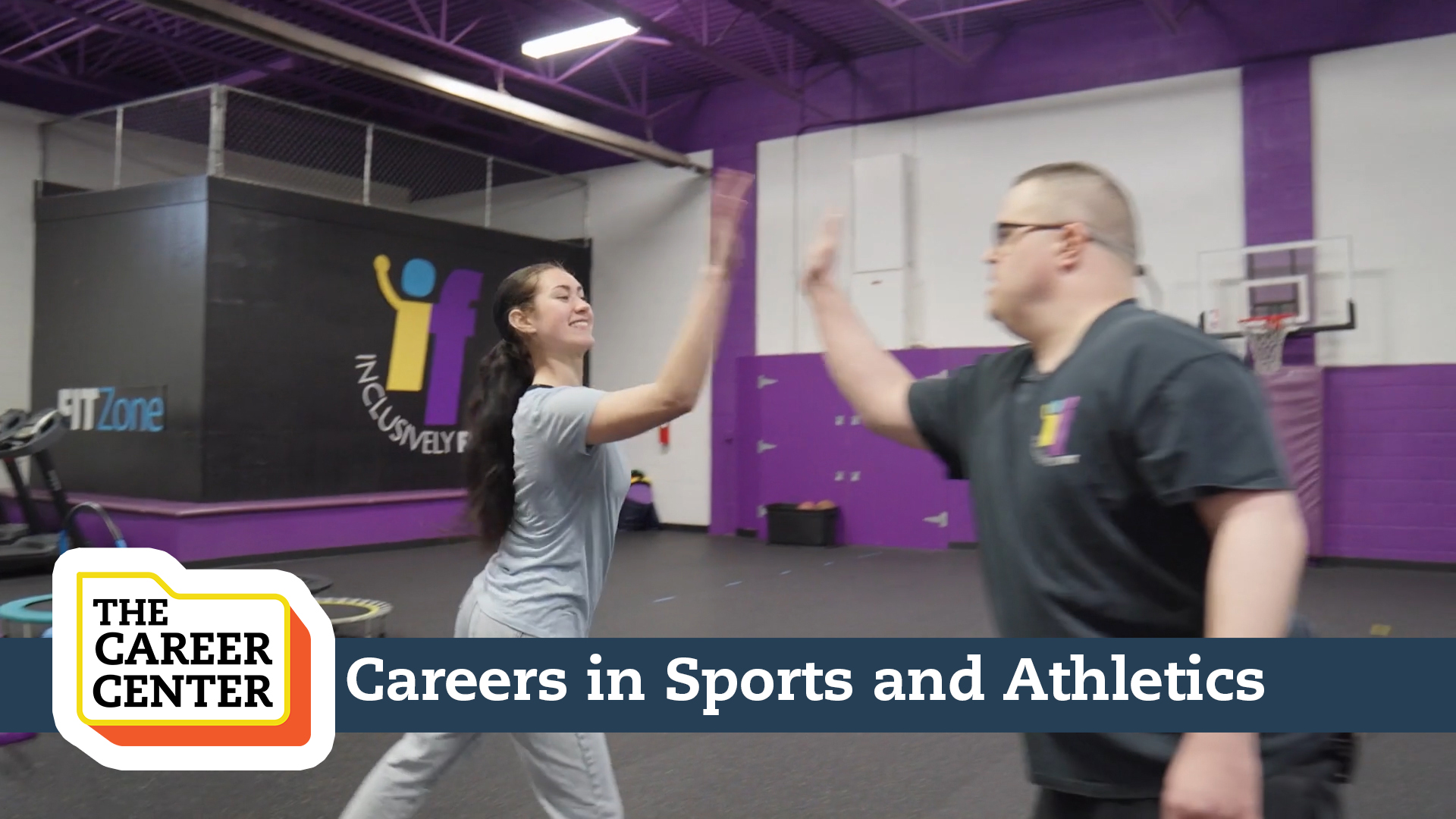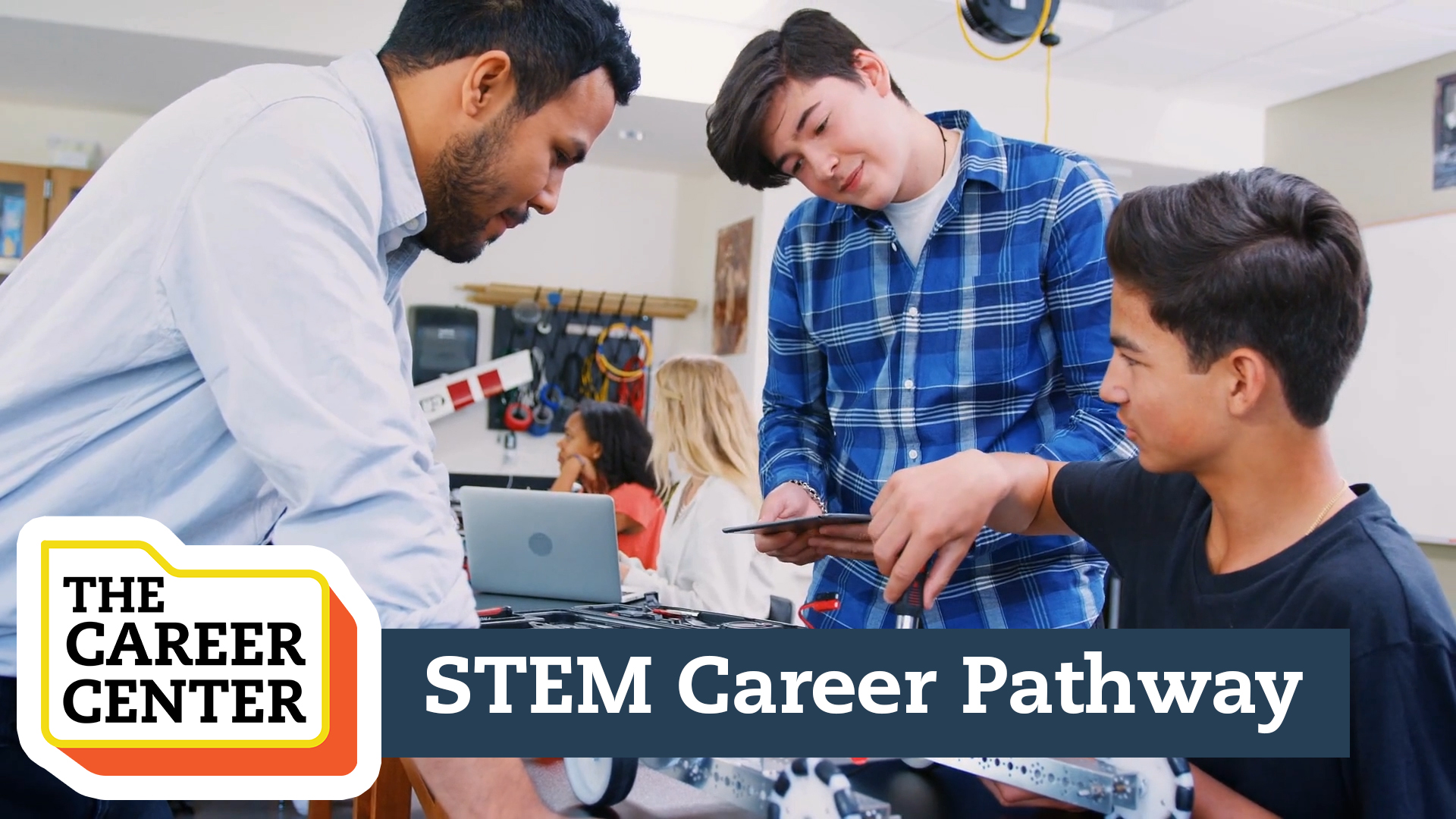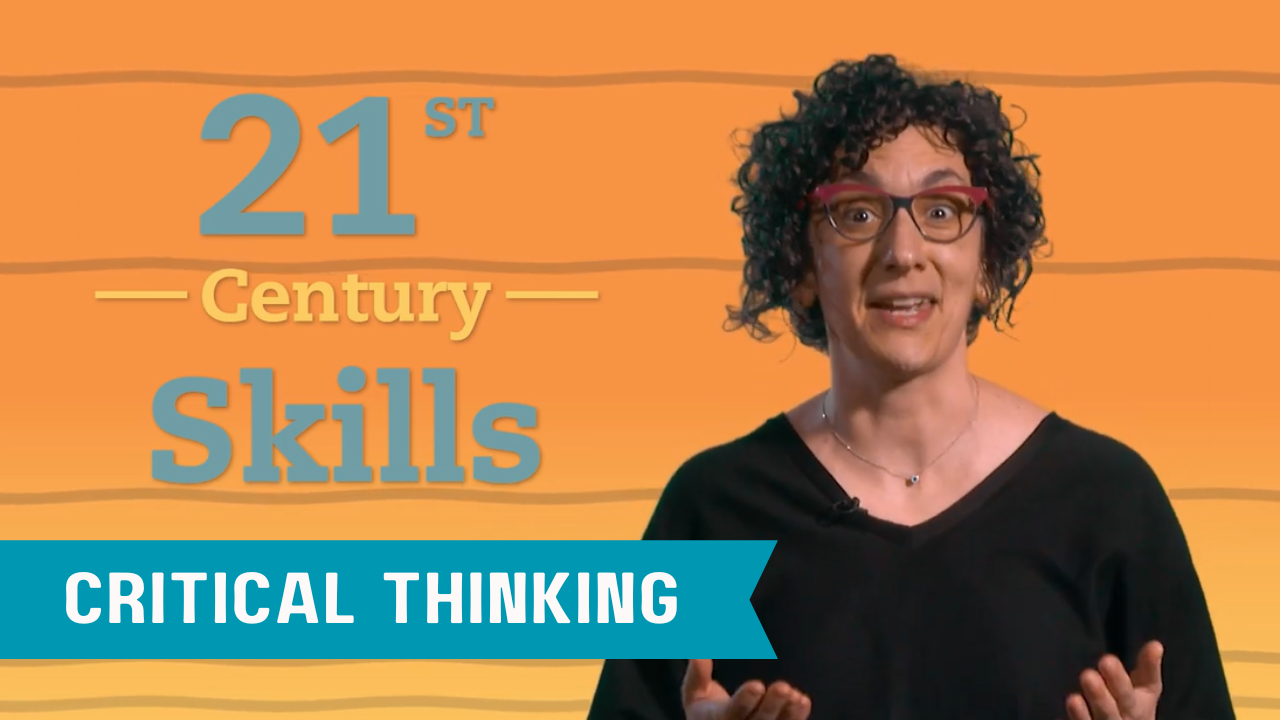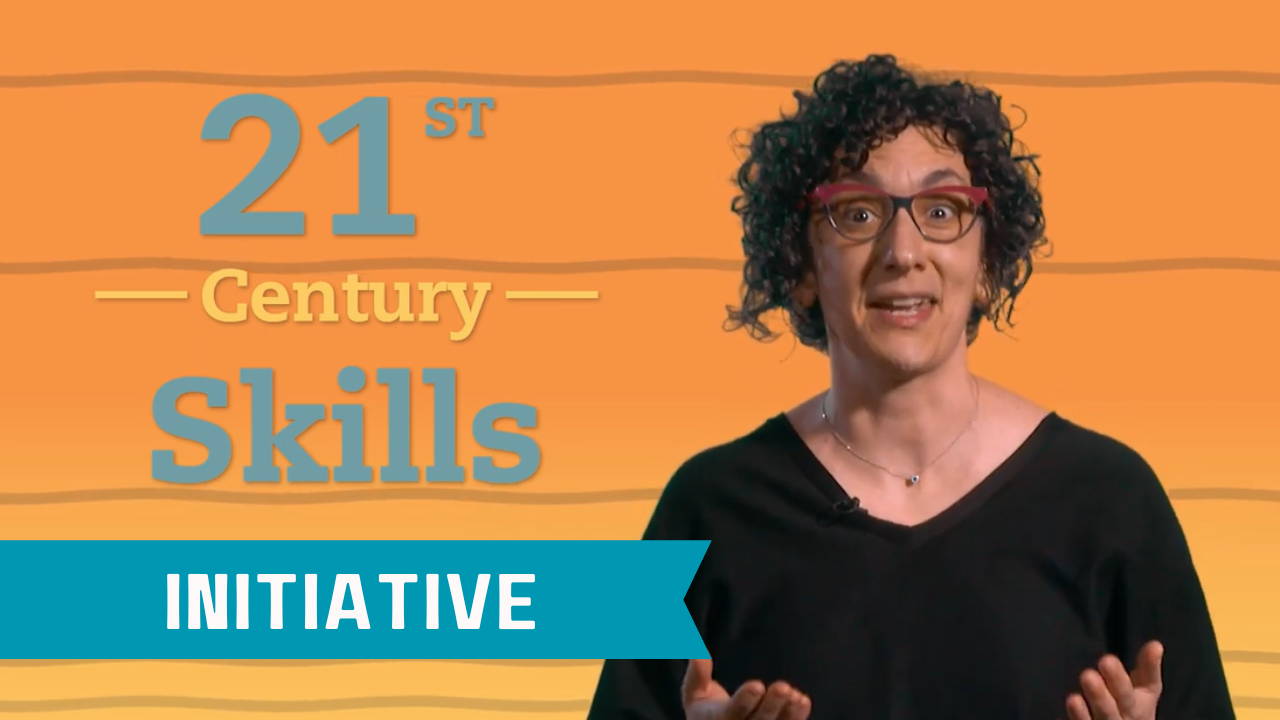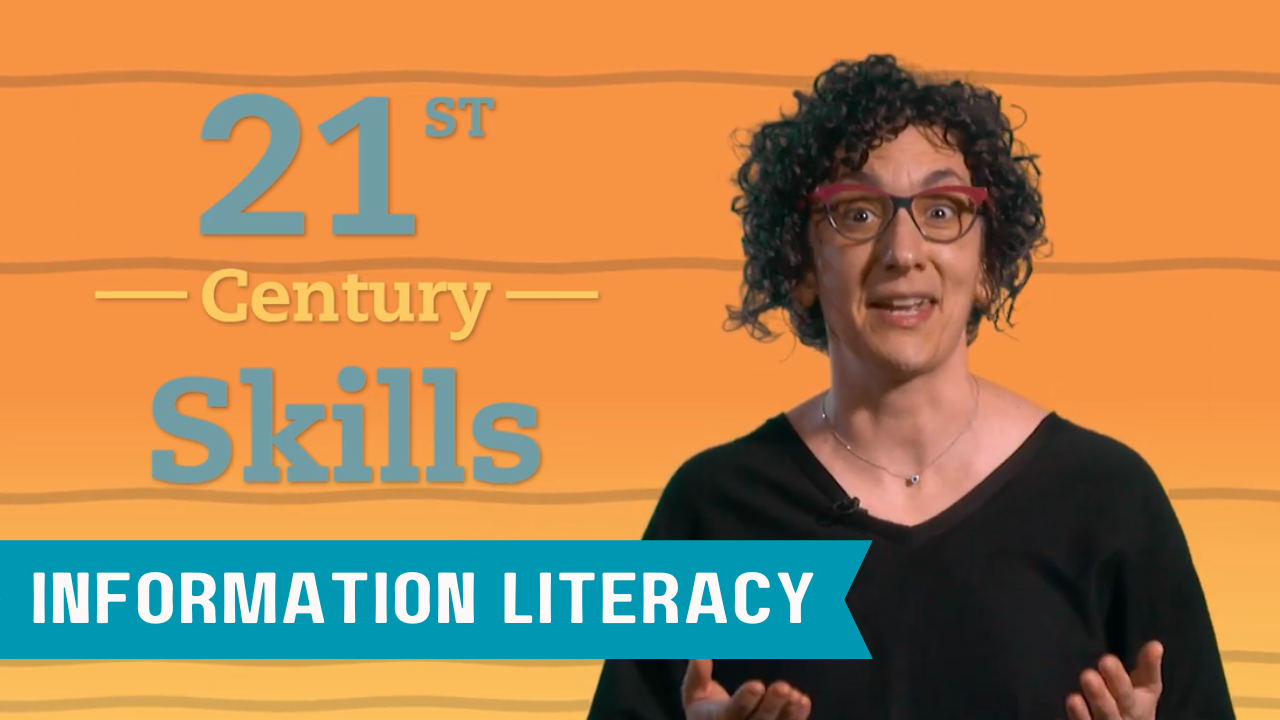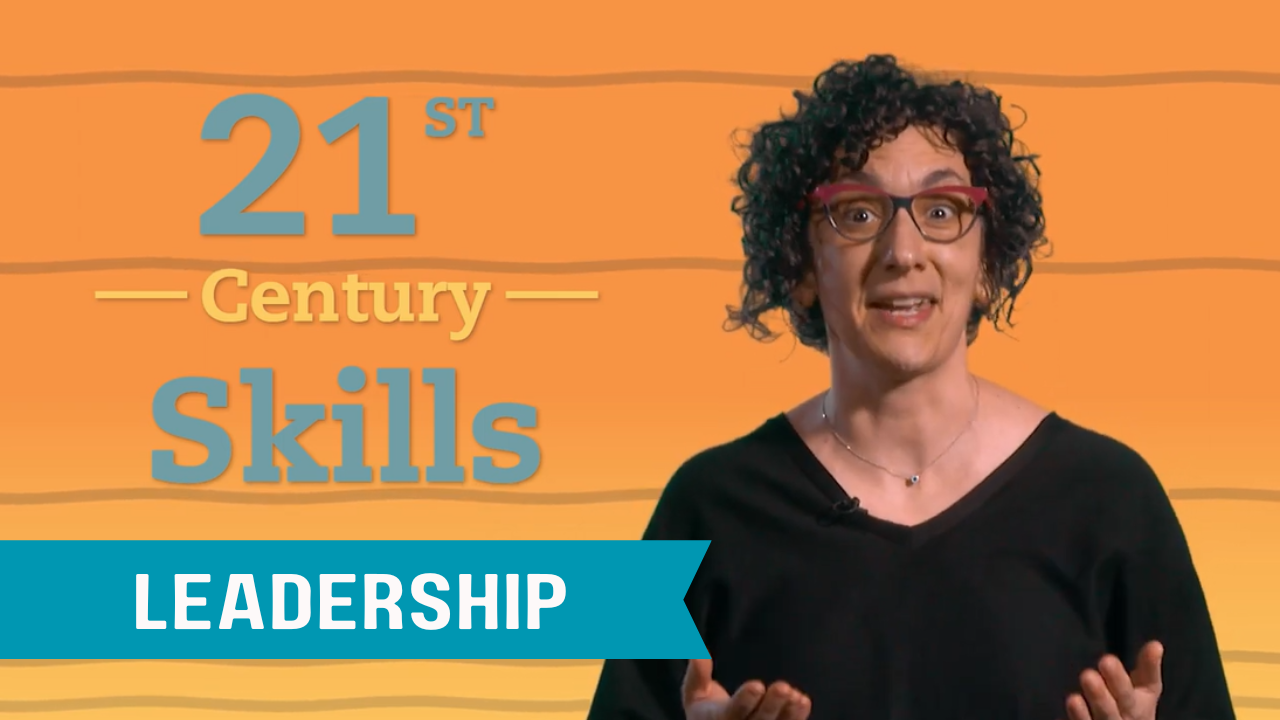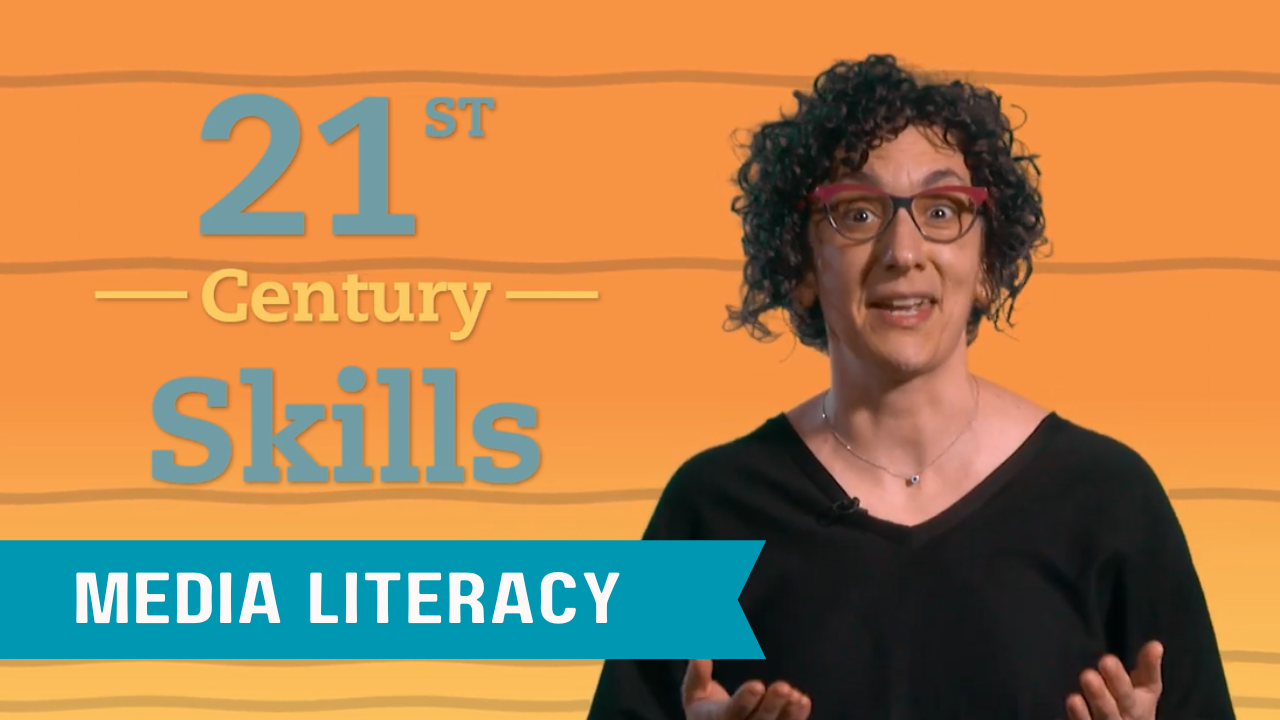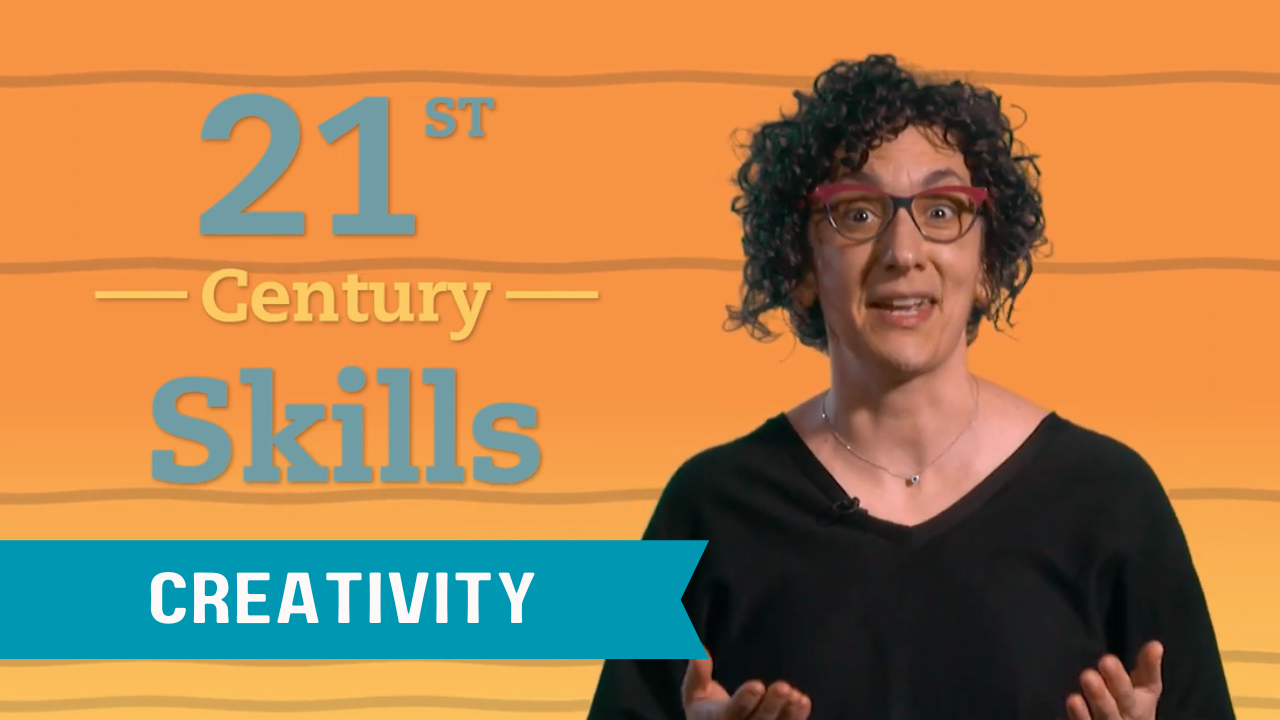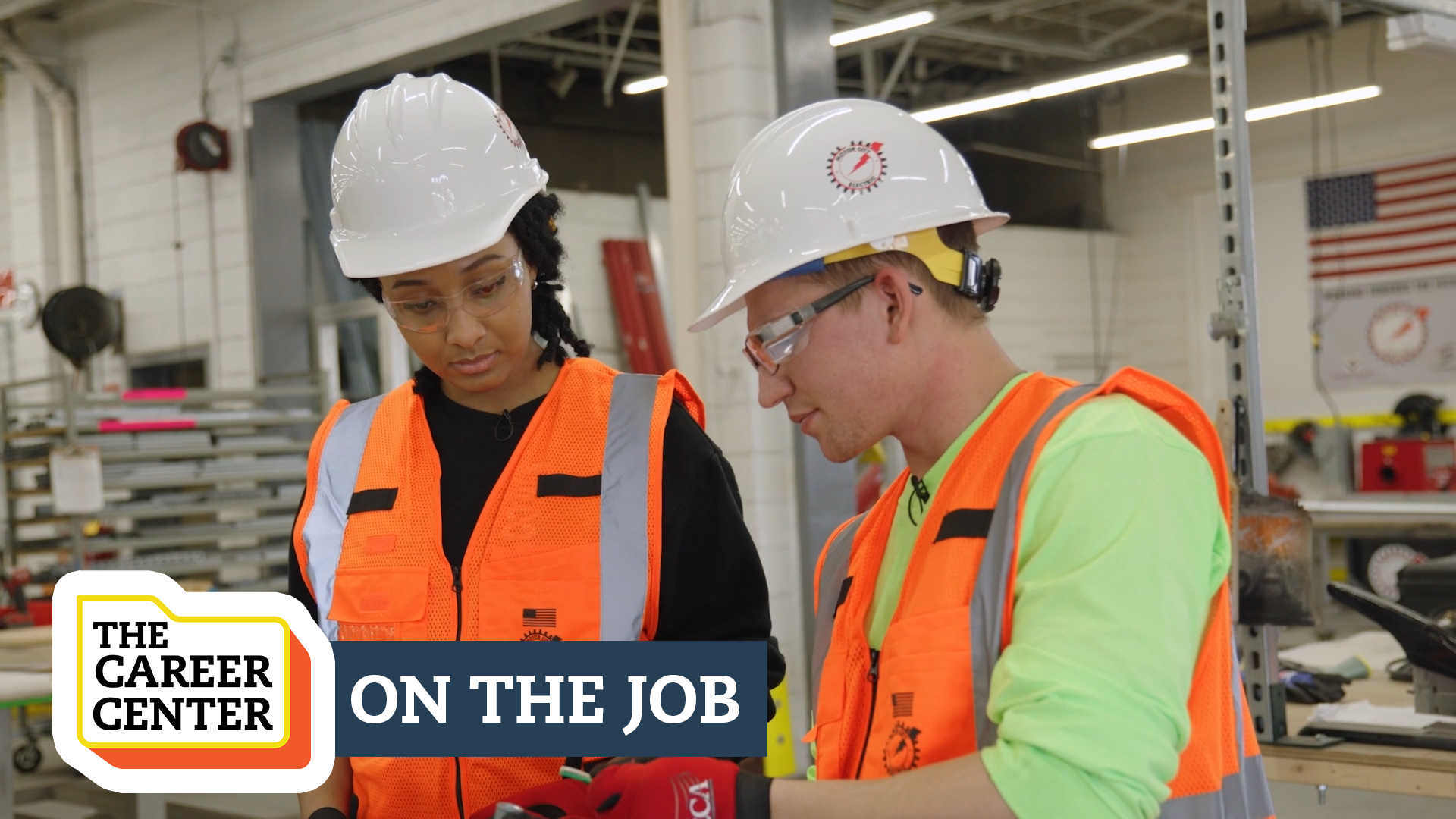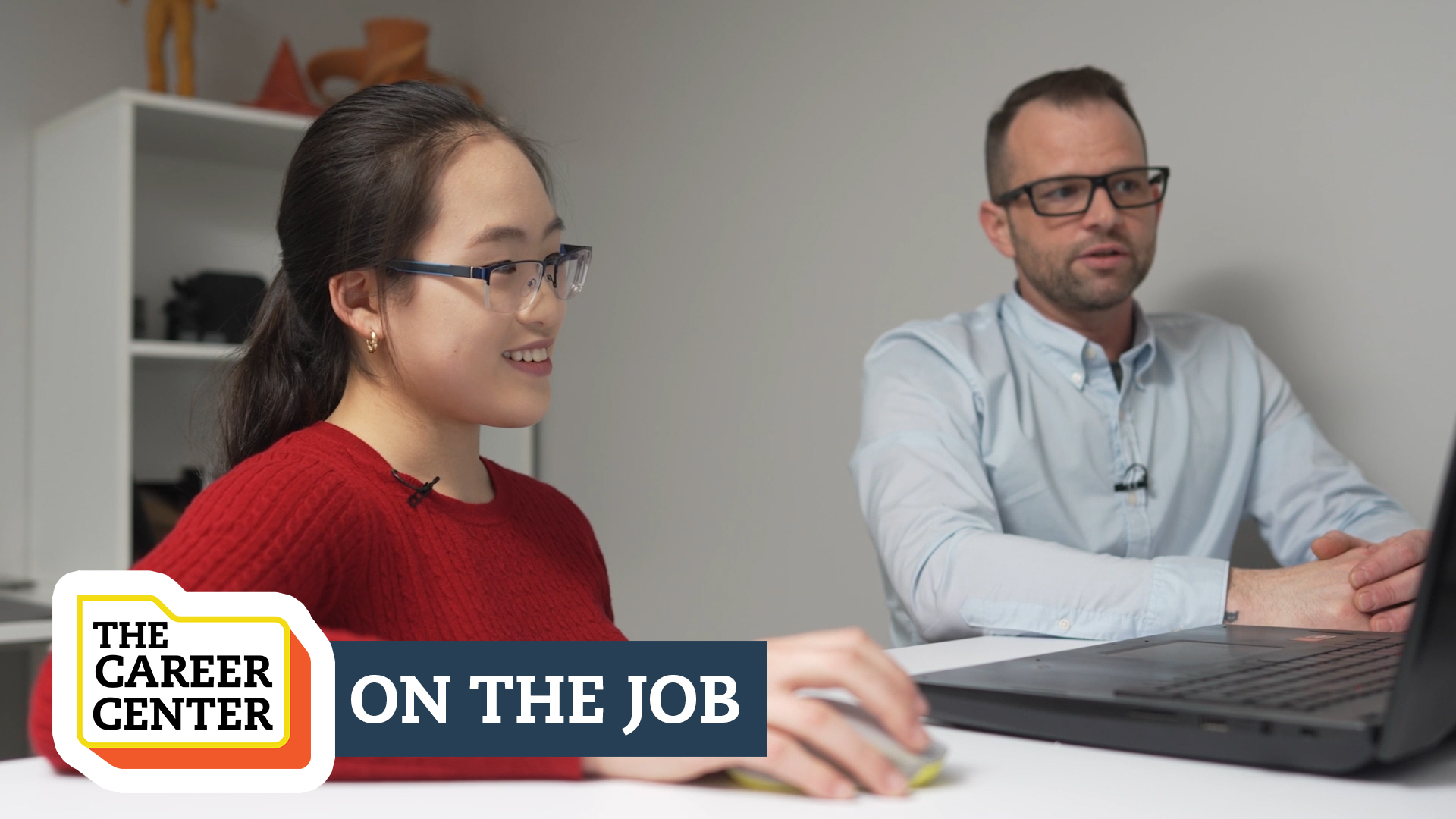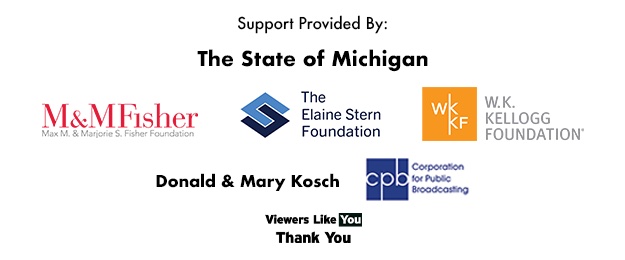Subjects
Grades
Shows
Standards
Lesson 101
Bahb may or may not have had TOO many pancakes earlier, and now his tummy is TOO full! While in DreamWorld, characters Lila and Rust teach us that disappointment isn’t the end of the world.
Lesson 102
When Siesta is feeling under the weather, we learn the healing properties of resting. While in DreamWorld, character Dolly the doggie tries to make friends with the Cloud Crew.
Lesson 103
We’ve all resisted the things that are good for us before, and kids are no different. When your little one is ‘fighting their sleep,’ The Nap Time Show comes to the rescue. In DreamWorld, TamTam doesn’t understand why we should eat vegetables.
Lesson 104
It's Bahb's birthday! We're partying hard later. But first, a nap. In DreamWorld, Yoolie wants to know what happens before it happens...uh oh.
Lesson 105
Go on an adventure with Mister Boots while Bahb and Siesta run errands! It's a little bit scary, but a lot of fun! In DreamWorld, meet Dinky and Teresa as our best buddies audition for the Dino Talent Show!
Lesson 106
Uh oh...Bahb is NOT in the mood today. Sounds like someone could use a nap. While in DreamWorld, character Corazón learns the important lesson of listening to your emotions.
Lesson 107
Bahb and Siesta have guests coming over! Let's get everything ready for some play date fun! In DreamWorld, Luna and Sola have a disagreement about who should do what. Then, jam it out to The Kindness Song with Mister Boots and a new animal kingdom friend!
Lesson 108
Meet Granny, who takes us down memory lane to the tender days of yonder. In DreamWorld, Bahb and Siesta travel to Bland Land for a lesson on standing out.
Lesson 109
Siesta tries to not be as excited as she naturally is, and instead tries to be more “cool” to impress the big kids. In DreamWorld, Leah and Ozzy learn that our differences don’t make us so different after all.
Lesson 110
Come along for today’s adventure with Mister Boots at America’s oldest aquarium! Then, dive into magical possibilities! In DreamWorld, Dagmar and Daario the dragons help us remember the WHY. This special is packed with educational fun, from counting, to reading, to new songs and new flavors!
Lesson 16
The Michigan Small Business Development Center talked to Artigiano LLC.
Lesson 15
The Michigan Small Business Development Center talked to Haverford Swim Lessons.
Lesson 14
The Michigan Small Business Development Center talked to North Harvest CSA.
Lesson 13
The Michigan Small Business Development Center talked to LaFleur Marketing.
Lesson 105
Learn about manufacturing careers at an automotive manufacturer, and go On the Job with a company that specializes in 3D printing, and more.
Lesson 104
Learn about careers in transportation.
Lesson 12
The Michigan Small Business Development Center talked to the Beaverton Tavern.
Lesson 11
The Michigan Small Business Development Center talked to Michigan Made.
Lesson 10
The Michigan Small Business Development Center talked to Alden Canvas.
Lesson 2304
Explore the phase changes associated with water going between the liquid and solid state in order to learn about the formation of ice that is climbable, the melt patterns of ice, and how salinity affects ice melting
Lesson 2303
Explore the phase changes associated with water going between the liquid and solid state in order to learn about the formation of ice that is climbable, the melt patterns of ice, and how salinity affects ice melting
Lesson 9
The Michigan Small Business Development Center talked to Pure Pro Wrestling.
Lesson 8
The Michigan Small Business Development Center talked to TechTeam.
Lesson 7
The Michigan Small Business Development Center talked to Vintage in the Zoo.
Lesson 6
The Michigan Small Business Development Center talked to DRM International Learning Center.
Lesson 5
The Michigan Small Business Development Center talked to West Michigan K9 LLC.
Lesson 4
The Michigan Small Business Development Center talked to Spun in Greater Washtenaw.
Lesson 3
The Michigan Small Business Development Center talked to PH Countryside. Marketplace
Lesson 2
The Michigan Small Business Development Center talked to Macomb Powersports.
Lesson 1
The Michigan Small Business Development Center talked to Crossfit HCS.
Lesson 103
Explore careers in construction and building trades.
Lesson 102
Learn about careers in sports and athletics in The Career Center.
Lesson 1
Courtney Johnson is the early education intervention specialist coordinator working in the capacity of liaison between the educational specialist and working with the teaching staff.
Lesson 7
Courtney Johnson is the early education intervention specialist coordinator working in the capacity of liaison between the educational specialist and working with the teaching staff.
Students showcase their submissions to the national PBS/KQED Youth Media Challenges alongside student-produced interviews about their work.
Lesson 1
What are the skills that everyone needs to make it in the 21st century? Learn all about the Learning, Life, and Literacy skills that anyone can use to improve their professional and personal lives.
Lesson 2
Keep your brain limber and ready for complex challenges by learning all about Cognitive Flexibility, a 21st century Life Skill.
Lesson 3
Learn how to get it done and how to keep your cool. Explore productivity, a 21st century Life Skill.
Lesson 4
Communication is about so much more than what we say. Learn about how communication can help with your life and career.
Lesson 5
Smartphones, AI, electric cars, and beyond. Learn why technology literacy is an essential skill for the 21st century.
Lesson 6
Learn how good social skills can set you apart and why they are an essential skill for the 21st century.
Lesson 7
Learning how to work well with others is one of the most important skills for the 21st century. Learn how you can practice your collaboration skills and become everyone's favorite teammate.
Lesson 8
In the 21st century there is one skill that is absolutely essential, critical thinking. Learn how to practice and master your critical thinking skills.
Lesson 9
Taking initiative is sometimes the only difference between success and failure. Learn about how initiative can help you achieve your goals in the 21st century.
Lesson 10
Teach yourself how to teach yourself with information literacy. Learn why information literacy is an essential skill in the 21st century and how it can help you in your life and work.
Lesson 11
Sometimes all a project needs is a good leader. Learn how to sharpen your leadership skills for the 21st century.
Lesson 12
Media literacy is more important than ever. Learn how the messages we receive are made and why.
Lesson 13
Learn how thinking outside the box can help you get on the fast track. Learn all about creativity, an essential skill for the 21st century.
Lesson 6
Brooke goes On the Job with Motor City Electric to learn about careers in the electrical trades.
Lesson 5
Courtney Johnson is the early education intervention specialist coordinator working in the capacity of liaison between the educational specialist and working with the teaching staff.
Subjects
Grades
Shows
Lesson 101
Bahb may or may not have had TOO many pancakes earlier, and now his tummy is TOO full! While in DreamWorld, characters Lila and Rust teach us that disappointment isn’t the end of the world.
Lesson 102
When Siesta is feeling under the weather, we learn the healing properties of resting. While in DreamWorld, character Dolly the doggie tries to make friends with the Cloud Crew.
Lesson 103
We’ve all resisted the things that are good for us before, and kids are no different. When your little one is ‘fighting their sleep,’ The Nap Time Show comes to the rescue. In DreamWorld, TamTam doesn’t understand why we should eat vegetables.
Lesson 104
It's Bahb's birthday! We're partying hard later. But first, a nap. In DreamWorld, Yoolie wants to know what happens before it happens...uh oh.
Lesson 105
Go on an adventure with Mister Boots while Bahb and Siesta run errands! It's a little bit scary, but a lot of fun! In DreamWorld, meet Dinky and Teresa as our best buddies audition for the Dino Talent Show!
Lesson 106
Uh oh...Bahb is NOT in the mood today. Sounds like someone could use a nap. While in DreamWorld, character Corazón learns the important lesson of listening to your emotions.
Lesson 107
Bahb and Siesta have guests coming over! Let's get everything ready for some play date fun! In DreamWorld, Luna and Sola have a disagreement about who should do what. Then, jam it out to The Kindness Song with Mister Boots and a new animal kingdom friend!
Lesson 108
Meet Granny, who takes us down memory lane to the tender days of yonder. In DreamWorld, Bahb and Siesta travel to Bland Land for a lesson on standing out.
Lesson 109
Siesta tries to not be as excited as she naturally is, and instead tries to be more “cool” to impress the big kids. In DreamWorld, Leah and Ozzy learn that our differences don’t make us so different after all.
Lesson 110
Come along for today’s adventure with Mister Boots at America’s oldest aquarium! Then, dive into magical possibilities! In DreamWorld, Dagmar and Daario the dragons help us remember the WHY. This special is packed with educational fun, from counting, to reading, to new songs and new flavors!
Lesson 16
The Michigan Small Business Development Center talked to Artigiano LLC.
Lesson 15
The Michigan Small Business Development Center talked to Haverford Swim Lessons.
Lesson 14
The Michigan Small Business Development Center talked to North Harvest CSA.
Lesson 13
The Michigan Small Business Development Center talked to LaFleur Marketing.
Lesson 105
Learn about manufacturing careers at an automotive manufacturer, and go On the Job with a company that specializes in 3D printing, and more.
Lesson 104
Learn about careers in transportation.
Lesson 12
The Michigan Small Business Development Center talked to the Beaverton Tavern.
Lesson 11
The Michigan Small Business Development Center talked to Michigan Made.
Lesson 10
The Michigan Small Business Development Center talked to Alden Canvas.
Lesson 2304
Explore the phase changes associated with water going between the liquid and solid state in order to learn about the formation of ice that is climbable, the melt patterns of ice, and how salinity affects ice melting
Lesson 2303
Explore the phase changes associated with water going between the liquid and solid state in order to learn about the formation of ice that is climbable, the melt patterns of ice, and how salinity affects ice melting
Lesson 9
The Michigan Small Business Development Center talked to Pure Pro Wrestling.
Lesson 8
The Michigan Small Business Development Center talked to TechTeam.
Lesson 7
The Michigan Small Business Development Center talked to Vintage in the Zoo.
Lesson 6
The Michigan Small Business Development Center talked to DRM International Learning Center.
Lesson 5
The Michigan Small Business Development Center talked to West Michigan K9 LLC.
Lesson 4
The Michigan Small Business Development Center talked to Spun in Greater Washtenaw.
Lesson 3
The Michigan Small Business Development Center talked to PH Countryside. Marketplace
Lesson 2
The Michigan Small Business Development Center talked to Macomb Powersports.
Lesson 1
The Michigan Small Business Development Center talked to Crossfit HCS.
Lesson 103
Explore careers in construction and building trades.
Lesson 102
Learn about careers in sports and athletics in The Career Center.
Lesson 1
Courtney Johnson is the early education intervention specialist coordinator working in the capacity of liaison between the educational specialist and working with the teaching staff.
Lesson 7
Courtney Johnson is the early education intervention specialist coordinator working in the capacity of liaison between the educational specialist and working with the teaching staff.
Students showcase their submissions to the national PBS/KQED Youth Media Challenges alongside student-produced interviews about their work.
Lesson 1
What are the skills that everyone needs to make it in the 21st century? Learn all about the Learning, Life, and Literacy skills that anyone can use to improve their professional and personal lives.
Lesson 2
Keep your brain limber and ready for complex challenges by learning all about Cognitive Flexibility, a 21st century Life Skill.
Lesson 3
Learn how to get it done and how to keep your cool. Explore productivity, a 21st century Life Skill.
Lesson 4
Communication is about so much more than what we say. Learn about how communication can help with your life and career.
Lesson 5
Smartphones, AI, electric cars, and beyond. Learn why technology literacy is an essential skill for the 21st century.
Lesson 6
Learn how good social skills can set you apart and why they are an essential skill for the 21st century.
Lesson 7
Learning how to work well with others is one of the most important skills for the 21st century. Learn how you can practice your collaboration skills and become everyone's favorite teammate.
Lesson 8
In the 21st century there is one skill that is absolutely essential, critical thinking. Learn how to practice and master your critical thinking skills.
Lesson 9
Taking initiative is sometimes the only difference between success and failure. Learn about how initiative can help you achieve your goals in the 21st century.
Lesson 10
Teach yourself how to teach yourself with information literacy. Learn why information literacy is an essential skill in the 21st century and how it can help you in your life and work.
Lesson 11
Sometimes all a project needs is a good leader. Learn how to sharpen your leadership skills for the 21st century.
Lesson 12
Media literacy is more important than ever. Learn how the messages we receive are made and why.
Lesson 13
Learn how thinking outside the box can help you get on the fast track. Learn all about creativity, an essential skill for the 21st century.
Lesson 6
Brooke goes On the Job with Motor City Electric to learn about careers in the electrical trades.
Lesson 5
Courtney Johnson is the early education intervention specialist coordinator working in the capacity of liaison between the educational specialist and working with the teaching staff.


